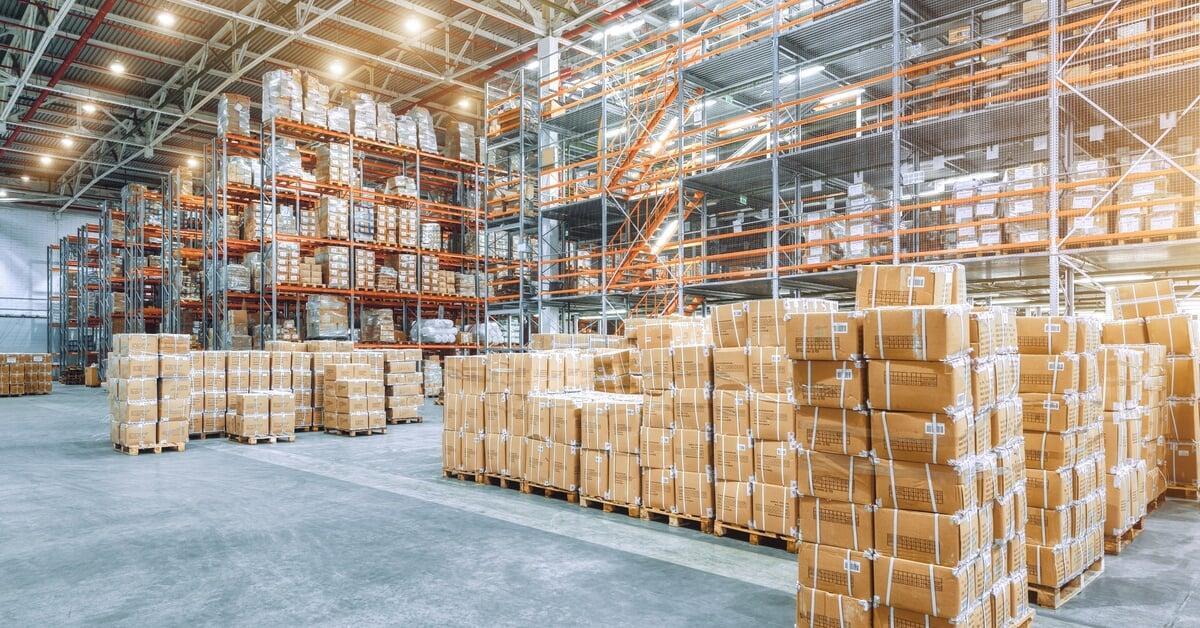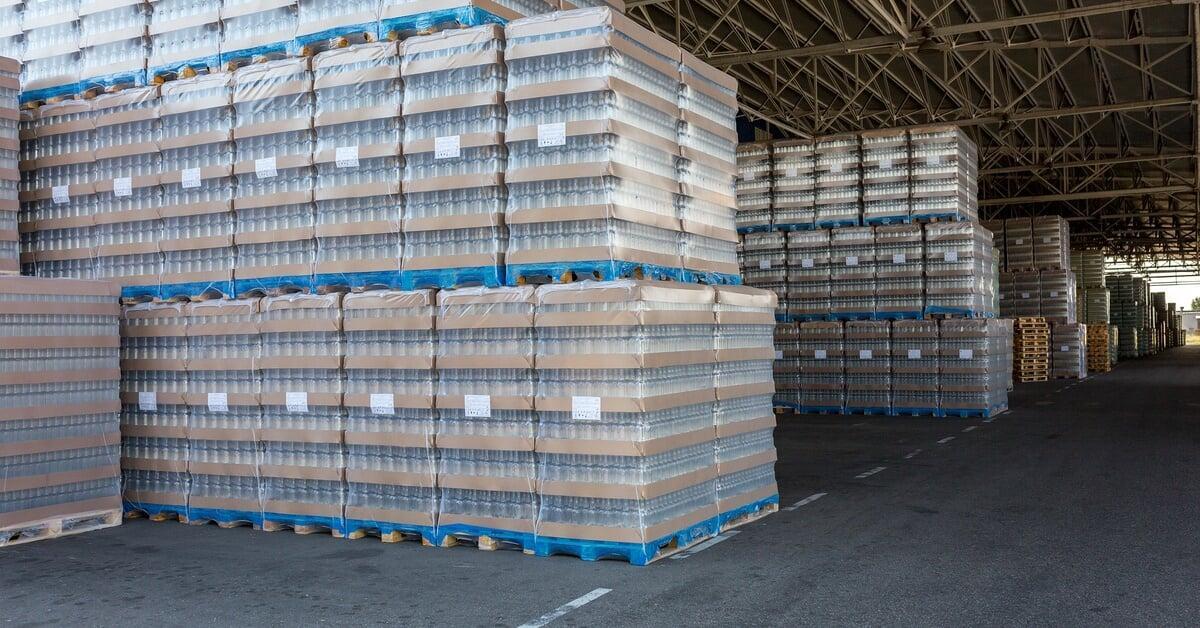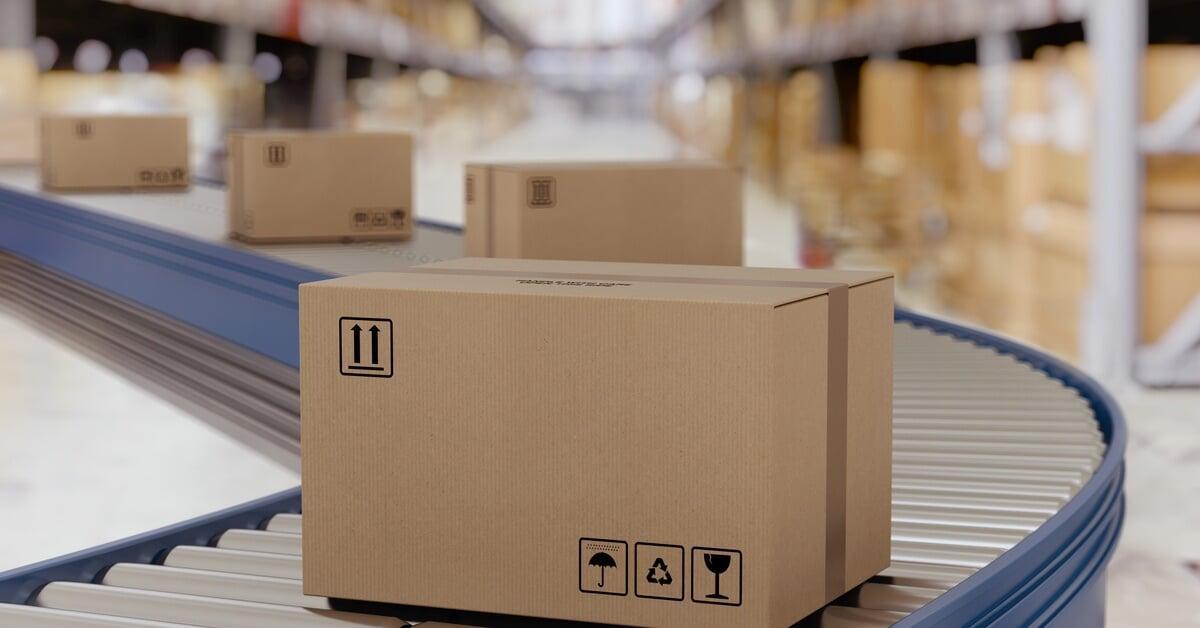
When your packaging line runs smoothly, everything falls into place—products move efficiently, output remains high, and profitability follows. However, when things go wrong, even minor issues can ripple through production, resulting in downtime, waste, and escalating costs.
The good news is that most of these problems are preventable. By understanding where packaging operations typically go off track, you can identify weak points before they become costly setbacks. This guide outlines common packaging line mistakes to avoid, enabling you to maintain an efficient, consistent, and profitable operation.
Incorrect Label Placement
Misaligned or unreadable labels not only damage your brand's reputation but also create compliance issues and erode customer trust due to unclear product information. However, they also lead to regulatory violations if you fail to meet industry standards.
The majority of labeling problems stem from sensor misalignment, often occurring after equipment cleaning or maintenance. Additionally, inconsistent material quality can introduce variations that disrupt positioning systems, further contributing to label inaccuracies.
Some of the best ways to solve this issue include:
- Install automated vision systems that catch misalignment immediately
- Schedule sensor calibration checks weekly rather than monthly
- Document all adjustments to track drift patterns
Implementing these practices can help businesses save time and money by reducing label errors and ensuring accurate product identification.
Improper Product Sealing
Poor sealing can quickly ruin a product before it ever reaches the customer. For example, in the food and pharmaceutical industries, even a small leak can lead to contamination or spoilage during shipping or storage.
In many cases, the problem stems from worn sealing jaws that fail to apply even pressure or heat. Likewise, aging or faulty heating elements can cause temperature fluctuations that weaken the seal. Furthermore, variations in film quality between suppliers can make it challenging to achieve consistent sealing performance.
The best way to prevent these issues is to test seal integrity on every batch, not just at random. Establish a preventive maintenance schedule to replace sealing components before they fail and evaluate multiple film suppliers to identify the most consistent and high-quality materials.
Inconsistent Fill Levels

Fill level variations can create a host of problems, from regulatory headaches to unhappy customers. Under-filled packages violate labeling requirements and can damage trust, as consumers feel they’re not getting what they paid for. On the other hand, overfilled products aren’t just wasteful; they also increase material costs and can create issues on the production line, like jams or spills.
Several factors contribute to inconsistent fill levels, including:
- Faulty or poorly maintained sensors: These can provide inaccurate readings, disrupting fill mechanisms and slowing production.
- Sensor drift: Once-accurate sensors can become less precise over time, leading to calibration errors that are hard to spot until many packages are affected.
- Environmental factors: Vibrations from other machines can degrade sensor performance, turning minor inconsistencies into major issues.
Maintaining consistent fill levels requires not just monitoring, but also regular calibration, preventive maintenance, and attention to the surrounding environment.
Neglecting Equipment Maintenance
Neglecting maintenance is another common mistake to avoid on packaging lines. Manufacturers design care guidelines based on testing, wear patterns, and performance data; skipping or delaying these tasks often leads to costly repairs and compromised products. Additionally, minor problems, such as a loose conveyor belt, can escalate into major concerns if left unaddressed.
To minimize these risks, implement proactive maintenance schedules that all employees are aware of and follow. Diligently log every adjustment, repair, and part replacement to track wear patterns and predict future maintenance needs.
You can also keep machines maintained by installing predictive maintenance sensors. These advanced sensors can provide real-time data and flag potential issues, allowing you to address problems before components fail and cause unexpected downtime.
Skipping Quality Checks
Quality checks are the safety net that keeps your packaging line running smoothly. When they are skipped or rushed, even minor problems can turn into major issues. A single contaminated batch can cost months of profits through recalls, while defects that slip through undetected can damage your brand’s reputation for years.
Skipped inspections often happen when production schedules are tight. Operators may be tempted to cut corners, or sample sizes may be reduced to save time. In other cases, operators may not fully understand what qualifies as a quality issue, especially if staff have limited training.
The best way to prevent these problems is to make quality checks an integral part of the process rather than an afterthought. In-line inspection points can automatically verify weight, labeling, and seal integrity. It’s also essential to train your team to identify problems early and ensure they feel comfortable stopping the line when something goes wrong. This approach reduces defects, protects your reputation, and keeps production running efficiently.
Ignoring Operator Training
Packaging technology is advancing faster than many training programs can keep up, leaving operators unsure of how to use equipment to its full potential. When operators don’t fully understand their machines, mistakes become more likely, slowing production and increasing costs.
Cross-training can help teams adapt more easily, filling gaps when someone is absent or when new equipment is introduced. Regular refresher sessions are also essential, covering both updated procedures and changes in equipment. Well-trained operators not only spot potential problems earlier but can also address them before they escalate and affect entire batches.
Investing in training takes time and resources, but the payoff is clear: less waste, smoother production, and faster problem resolution. Creating easy-to-access reference materials is equally important. For complex procedures, video guides are far more effective than traditional manuals because they show operators exactly what to do in real-time, making the learning process faster and more practical.
Overlooking Environmental Factors

Even in well-run packaging lines, environmental conditions can be easily overlooked. Humidity and temperature may not seem like major concerns, but they can have a subtle impact on material performance, seal quality, and overall line efficiency. Paying attention to these factors can prevent costly mistakes and keep production running smoothly.
Humidity
Changes in humidity can cause significant problems for labels and films. Too much moisture weakens adhesives, causing labels to peel or slide. Alternatively, if the moisture level is too low, films may become brittle and shrink wraps may be inconsistent. Maintaining consistent humidity helps materials behave predictably and prevents common packaging issues.
Consider installing humidity control systems in both storage and production areas and strive to maintain the manufacturer’s recommended ranges. Paper-based labels and cardboard packaging should also be stored off the floor and away from damp areas to reduce the risk of damage.
Temperature
Temperature swings can affect more than just comfort in the production area. Heat or cold causes materials and machine parts to expand or contract, which can throw off calibration, alignment, and seal performance. This is particularly important for temperature-sensitive products such as food and pharmaceuticals.
Monitor ambient temperature throughout the year and adjust machine settings as needed. If possible, maintain a climate-controlled production environment to minimize fluctuations and ensure consistent operations.
Working With Experts
Don't let preventable packaging mistakes slow down your operation. PackSmart has industrial packaging solutions that can save time, reduce errors, and increase productivity. Contact our team today to discover the ideal system that streamlines your packaging process and meets your business needs.
